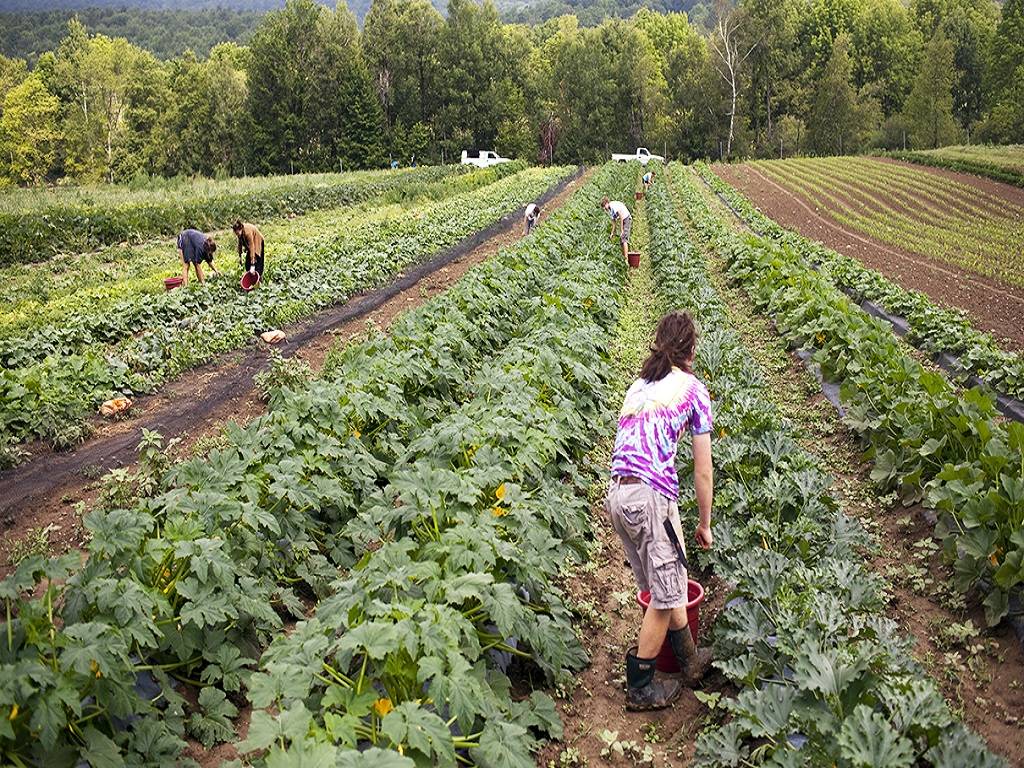
Following months of advocacy by NRDC and its allies urging the California Air Resources Board (CARB) to include incentives for organic farming and pesticide use reduction in the Natural Working Lands section, the agency released its proposed approach in May.
As a means of mitigating climate change, the agency recommends converting 20% of California's agricultural lands to organic agriculture by 2045.
While this recommendation is not nearly optimistic enough (according to a report from the state's Department of Agriculture, organic acreage in California increased by 44 percent from 2014 to 2019), it is nonetheless an important milestone. Since it recognizes and affirms the critical role that organic farming systems can play in climate-smart agriculture.
Organic farming Helps to Reduce Greenhouse Gas Emissions
Organic farming has a significantly lower carbon footprint because it prohibits the use of fossil fuel-based fertilizers and the majority of synthetic pesticides.
These farm chemicals require a lot of energy to make. According to studies, eliminating synthetic nitrogen fertilizers alone, as required in organic systems, could reduce direct global agricultural greenhouse gas emissions by about 20%.
According to a forty-year study conducted by the Rodale Institute, organic farms use 45 percent less energy than conventional farms (while maintaining or even exceeding yields after a 5-year transition period.)
Organic Farming Increases Carbon Sequestration in the Soil
Organic agriculture's soil-boosting practices help sequesters more carbon in soil when compared to non-organic systems. Multiple meta-analyses comparing thousands of farms across the country have found that organic agriculture produces more stable soil organic carbon and lowers nitrous oxide (N2O) emissions than conventional farming.
Pesticide use was linked to damage to soil invertebrates in more than 70% of the studies, according to a recent review of nearly 400 studies.
Soil invertebrates are important for carbon sequestration because they are responsible for the formation of soil components required for the formation of soil organic carbon.
















